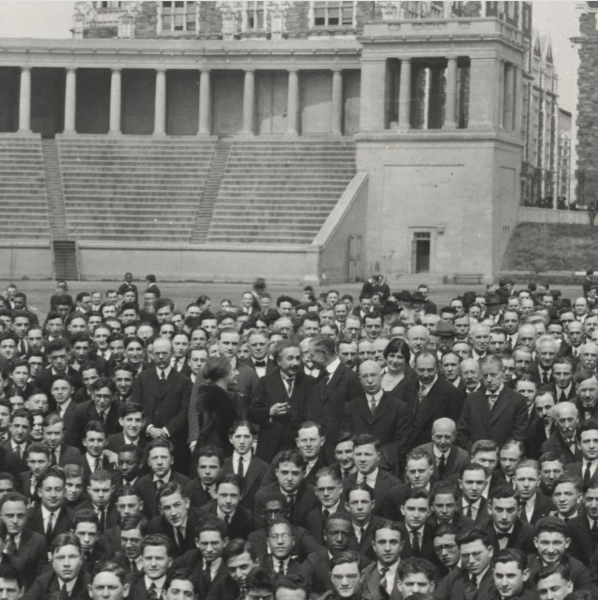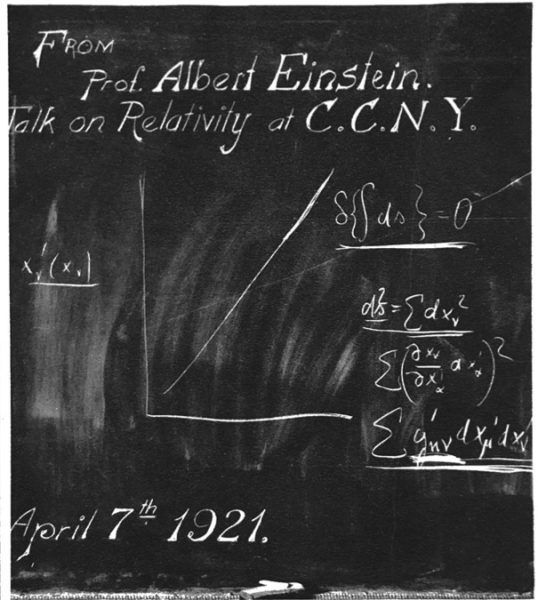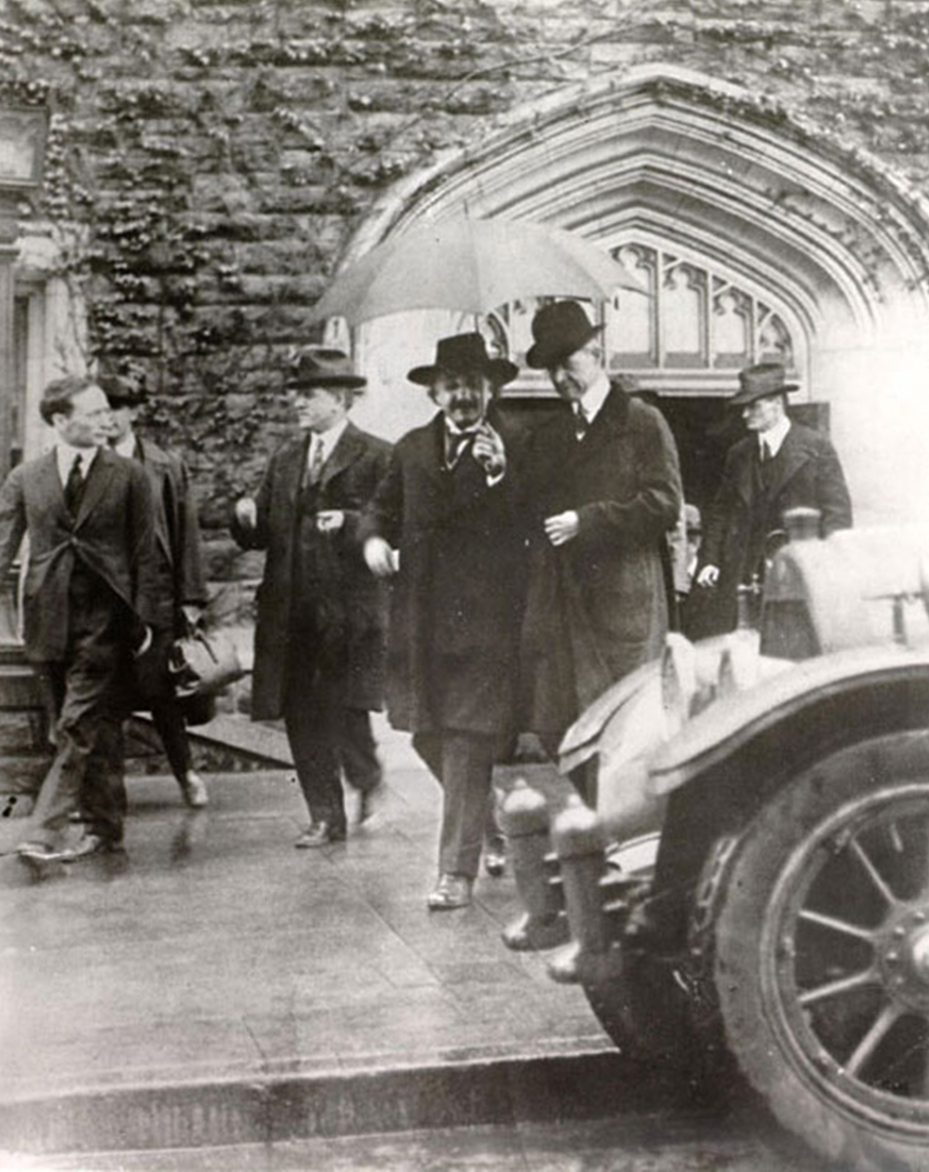The S.S. Rotterdam, grim and daring, neared the Battery. He heard the bells, the sounds of the crowd all exulting. As he disembarked with his violin case in one hand and a pipe in the other, he greeted the eager crowd and was swept up into a motorcade spanning several avenues and several hours. The physicist celebrity Albert Einstein would soon be on his way to CCNY for the first of a series of lectures explaining the theory of relativity.
Einstein was not in America just for the sake of it. His primary reason for being there was to raise money for the creation of a Jewish state in Palestine. Britain had control over Palestine at the time, and had promised the Jewish people a homeland there, despite the preexistence of a dense Arab population and culture. Einstein’s entire tour was arranged by the president of the World Zionist Organization and future first president of Israel, Chaim Weizmann. He wanted Einstein’s help in fundraising millions of dollars to create a place where Jewish people could study without discrimination in Jerusalem, the capital of Palestine. Money raised from Einstein’s travels would go to the formation of the Hebrew University. Einstein was initially opposed to the creation of a Jewish state and the university, since he didn’t like the concept of nationalism and didn’t want to create hostility with the Palestinians who lived there. However as time passed, he became more open to the idea as, a secular Jewish person himself, he watched violence against Jewish people increase in Germany. Ultimately Einstein agreed to go on the trip to America, as it would allow him to escape the growing antisemitism in Germany.

About two weeks after arriving in New York City, on April 18th, 1921, Einstein would give the first of four lectures in Baskerville Hall on the theory of relativity. Having only officially proven general relativity less than two years ago, Einstein was still one of the most famous scientists in the world for challenging the work of widely accepted physicists like Newton, and for the revolutionary nature of his theory. The theory has two parts: special relativity and general relativity. Put simply, special relativity means that time is relative but the speed of light is unchanging, and general relativity means that gravity curves space, and large things like the sun curve more space than smaller things like the moon. All four of the lectures he gave at CCNY could only be attended by professional scientists, school faculty, and select students. This did not include women, as they were not allowed to attend the college until ten years later. The lectures were in German, with summaries given in English by a professor named Morris R. Cohen. This would be the start of a friendship between the two that lasted for 36 years until Cohen’s death in 1947. Despite the fact that he only delivered a summary, there were still large crowds of people outside the building and cramped in stairwells to hear Cohen speak. On April 21st, Einstein made an appearance at the Great Hall to a large crowd of students and faculty, thanking the college for the warm welcome and extending his “heartiest good wishes” to everyone.

Throughout his visit to New York City, the college’s newspaper, The Campus, published several items relating to Einstein. This included summaries written by Professor Cohen on all of Einstein’s lectures, a review of a book describing the theory of relativity, and a short satire play about the events of the lectures. These can all be found in CCNY’s online newspaper archives. One can still find remnants of his visit on campus today, such as the bronze bust of him that was made to commemorate his visit, which is displayed outside the coincidentally named Cohen Library. His visit to CCNY opened the gates for other historically important figures to lecture on the campus, including Martin Luther King Jr. about 63 years later. This beautiful campus that we visit almost every day has a long and insightful history with many stories to be told.


